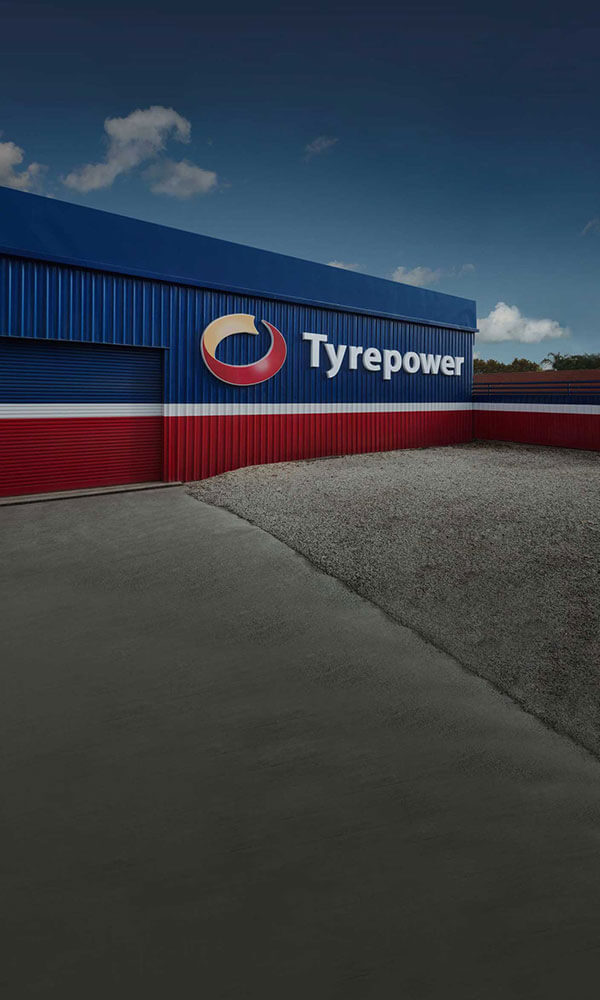Driving on a flat tyre: Signs and safety precautions
You may wonder if you can continue driving on a punctured tyre. The short answer is no. Flat tyres can come with a lot of potential problems, such as loss of control, compromised braking and further damage to your vehicle.
The probability of getting a punctured tyre is quite low, but there’s always a chance you’ll be extremely unlucky and suffer some kind of tyre injury that results in air loss. In these situations, it’s always crucial that you slow down, put your hazard lights on, and safely pull over to one side of the road to assess the damage as soon as it is safe to do so.
For slow leaks, you will be able to carefully drive to the side of the road and fix the issue. Other times, you’ll need to change to your spare tyre on the spot or potentially call for professional assistance.
What is a flat tyre?
The phrase ‘flat tyre’ just describes a tyre with less air in it than what is recommended. There are varying degrees of flat tyres, and the ideal air level depends on the type of vehicle you are driving, your car’s weight, and the type of tyres.
At Tyrepower, we can help you out if you don’t know what the recommended pressures are for your tyres. Just give us a quick call on (08) 9459 2139 and our friendly team will happily assist you.
Signs of a flat tyre

It’s not always easy to spot an issue with your car. In the event of a flat tyre, there are some noticeable signs that will tell you whether or not your tyres are losing air. These include:
- Your vehicle slows down despite heavy acceleration
- Your car wanting to veer to one side or the other depending on what side the affected tyre is on
- Active tyre pressure warning light
- You hear a booming or thumping sound
- Excessive vibration
- Noticeable flatness/sagging
If you notice any of these signs, the best thing you can do is carefully pull over to the side of the road in a safe location to inspect your tyres.
Avoiding Punctures
Improving driving behaviour could decrease the chances of getting a punctured tyre. Here are some tips you can follow to minimise this possibility:
- Be aware of your surroundings and look out for road hazards. This includes potholes, glass, curbs, and other debris.
- Check your tyre’s pressures monthly to make sure they are set to the correct pressure.
- Make sure your car has a wheel alignment performed.
- Schedule regular tyre rotations.
Even if you follow these tips, there’s no way to guarantee that you won’t get flat or damaged tyres, regardless of how often you drive your vehicle, how good you are as a driver or how new your tyres are.
Spare tyre
Most Australian cars come with a spare tyre. They can be full-size tyres or space-saver-style spare tyres.
If, in any circumstances, you need to use your spare tyre, make sure you read your vehicle owner’s manual and never put yourself and other passengers in unsafe conditions.
If you’re unfamiliar or uncomfortable with changing your spare tyre, the safest action in the event of a flat tyre is to call a road assistance service or your nearest tyre shop such as Tyrepower.
Tyre inspections and replacements
Come see the expert team at Kenwick Tyrepower. We provide tyre inspections, puncture repairs, suspension diagnostics, wheel alignments, tyre rotations, and more.
We are also able to offer tyre recommendations to suit your vehicle and driving style in the event that you experience a flat tyre that cannot be repaired.
Contact us today on (08) 9459 2139 or visit us at 1696 Albany Highway, Kenwick. Our friendly staff will be happy to assist you.

